Missing the feel of physical keys on your phone, but not ready to give up your fancy new touchscreen phone? [Dakkaron] has attached a BlackBerry keyboard to a slightly more recent device.
Designed for the FairPhone 4, [Dakkaron]’s hack should be transferable to other smartphones as it connects to the phone over USB without any of that tedious mucking about with Bluetooth. There’s even a handy OpenSCAD-based generator to help you along in the customization process.
[Dakkaron] started with an Arduino Pro Micro-based implementation, but the most recent iteration uses a custom board that can be obtained partially-populated. Unfortunately, the Hirose connector for the keyboard isn’t available off-the-shelf, so you’ll have to solder that yourself if you’re planning to do this mod. Sounds like a perfect opportunity to practice your surface mount soldering skills!
If the Q10 keyboard looks familiar, it’s probably because it’s one of the most popular keyboards for small projects around here. Check out Regrowing a BlackBerry from the Keyboard Out or a LoRa Messenger with one. We’ve even seen them in a conference badge!




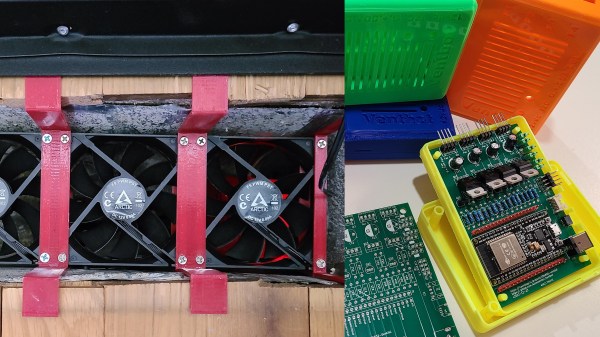
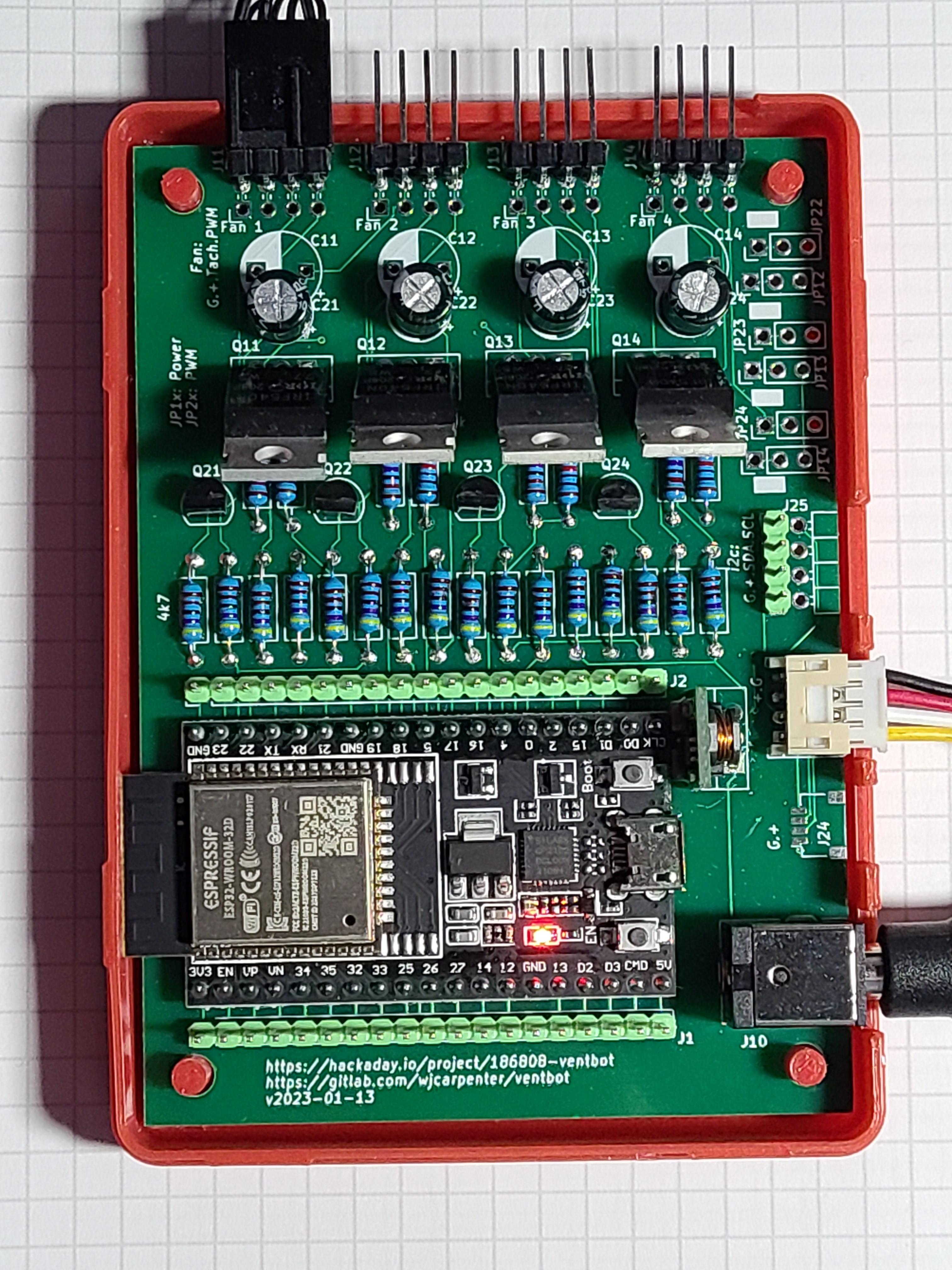
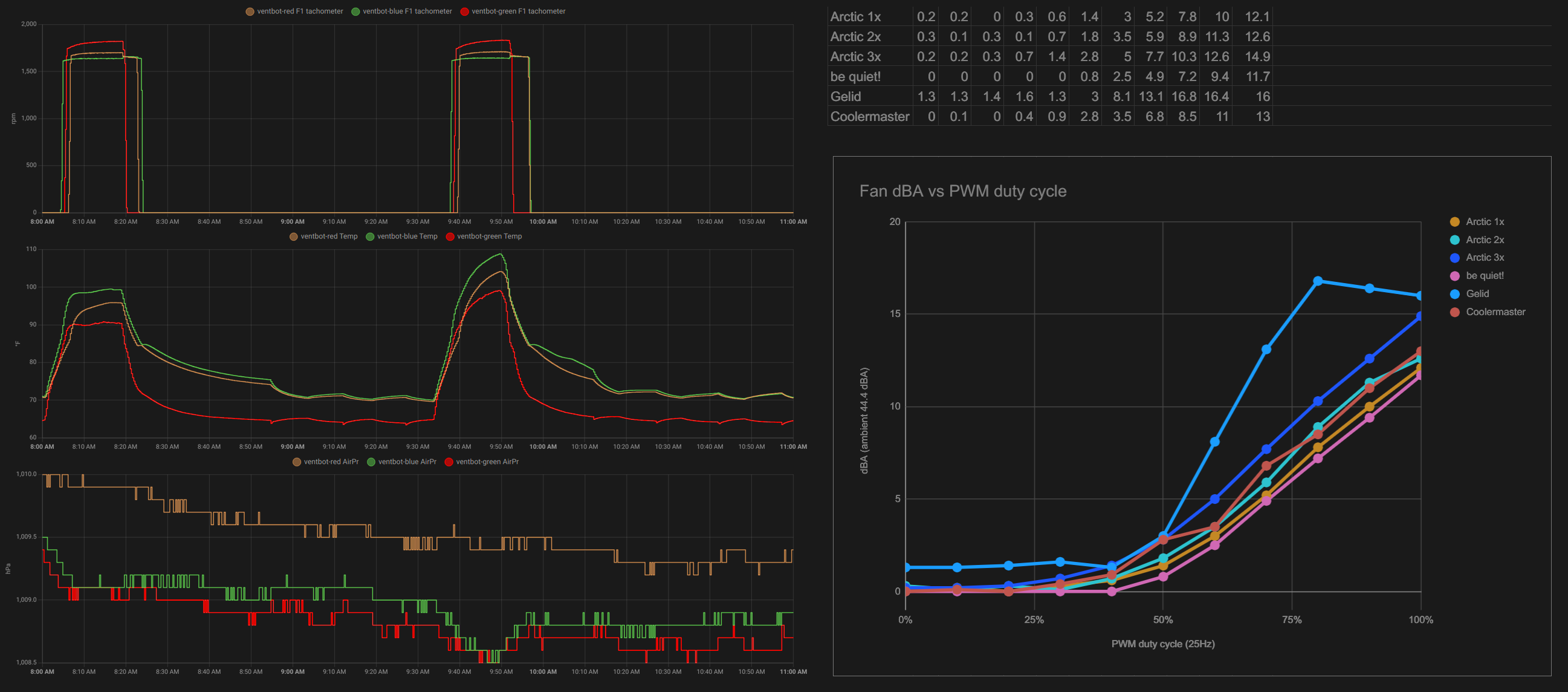
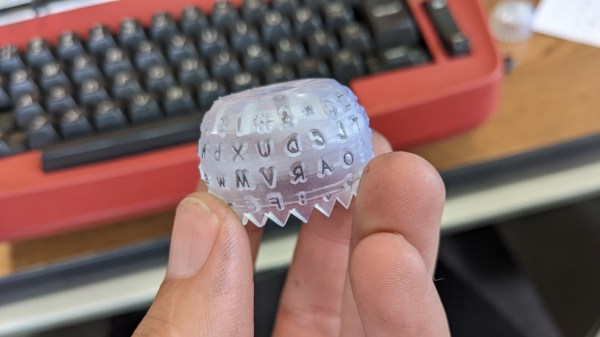
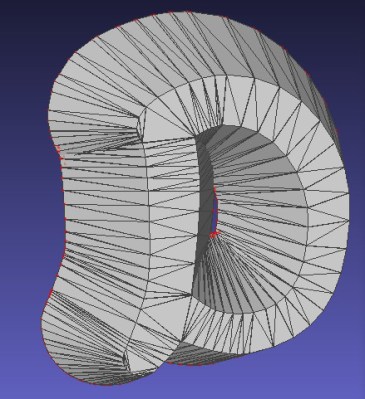
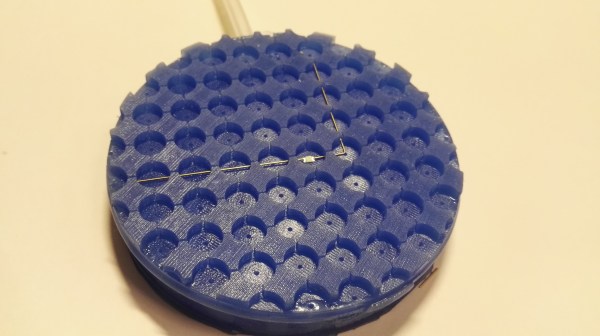
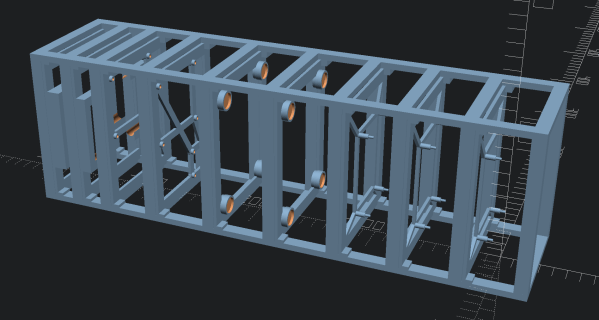
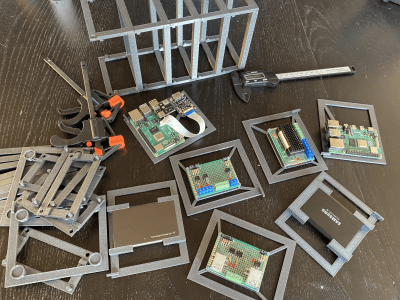 coding easy to do without a lot of extra work. [Lukasz] says regarding the
coding easy to do without a lot of extra work. [Lukasz] says regarding the 








